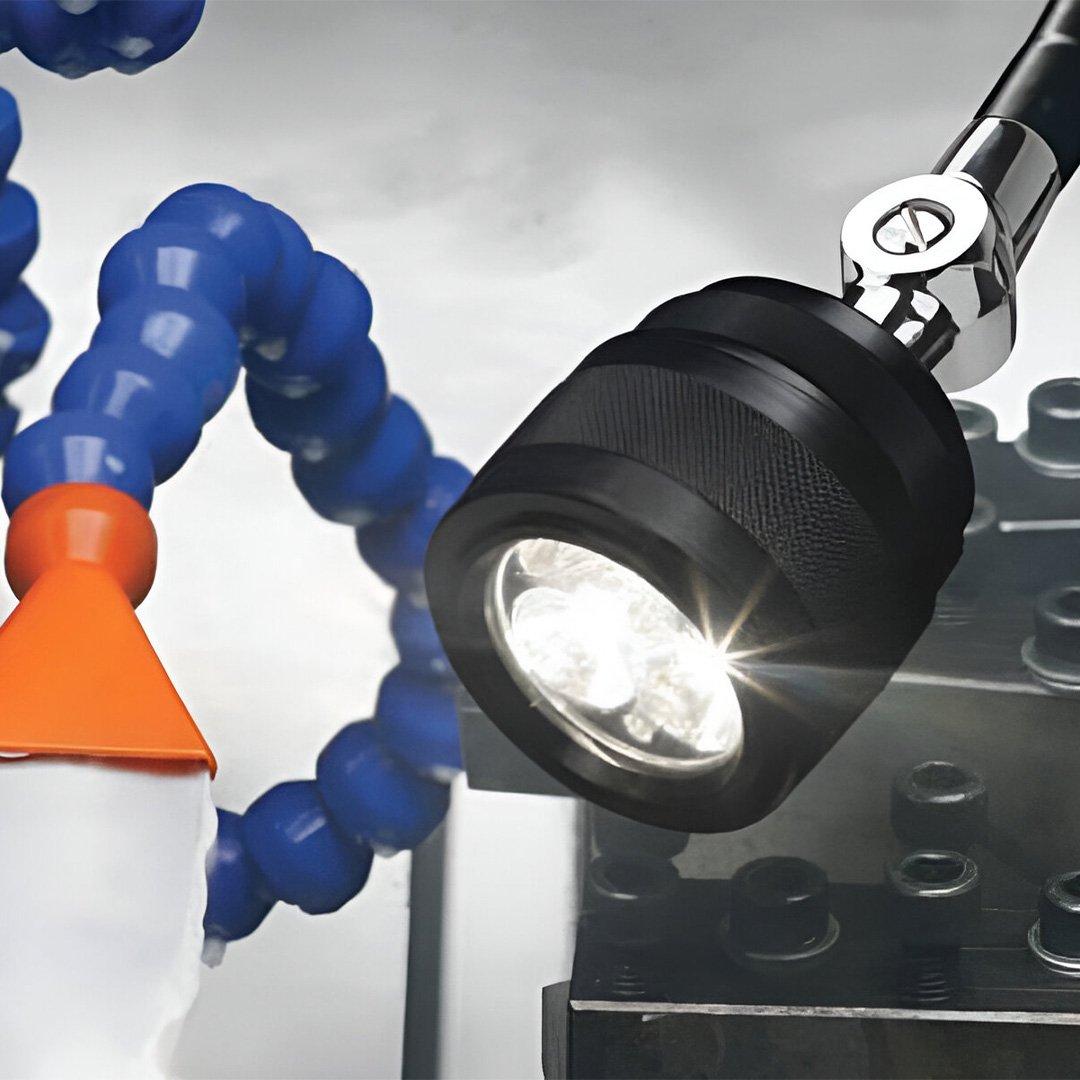Glossary of Technical Lighting Terms
There are many specialist terms and principles in lighting technology, like in any other specialist area. We use specific units to specify the characteristics of light sources and light fixtures. The main terms are defined below.
Color Rendering (CRI or Ra)
Color rendering requirements vary according to the application. Natural color rendering is always the optimal option. Lower color rendering is never an advantage.
Color rendering is measured according to the light source’s color rendering properties. The most common way to indicate this is with the color rendering index (Ra). To define the Ra value, the color rendering ability of the light source in question is compared to that of a reference light source. This is done by using eight standard color samples. The fewer color discrepancies are detected, the higher the light source’s RA value. A light source with an Ra of 100 renders the colors optimally compared to the reference light. The lower the value, the lower the color rendering. The Ra value should always be specified together with the color temperature (Tf).
Examples of Ra index:
- Light bulb 100
- Halogen light bulb 100
- Daylight 100
- Full-color fluorescent tube 85
- Special full-color fluorescent tube 95
- Metal halogen bulb 85-92
- Monochrome fluorescent tube 52
- Mercury light bulb 50
- High-pressure sodium light bulb 20

The color temperature of the light from a light source is defined in comparison to a black body radiator, and is presented in a chromaticity coordinate system according to the Planck temperature curve. A light bulb with a warm tone light, for example, has a color temperature of 2,700 K. A light source resembling daylight may have a color temperature of 6,000 K. Color temperature should always be indicated with a chromaticity diagram.
The perceived light color can be described relatively well by means of the color temperature. Light color can be divided into three main color groups:
- Warm tone < 3,000 K
- White 3,300-5,000 K
- Daylight > 5,000 K
Light sources with the same light color can have different color rendering properties due to differing spectral composition.
Illuminance indicates how much light hits an illuminated surface. An illuminance of 1 lux occurs when a luminous flux of 1 lumen is evenly distributed over a surface of 1 m2.
By light, we mean the electromagnetic radiation perceived by the eyes. Radiation within a wavelength range of 380-780 nanometers is perceived by our eyes as light. This range is only a very small part (spectrum) of the radiation’s actual wavelength range.
Luminance indicates how bright the eye perceives a surface or light source to be.
Luminous efficacy indicates the amount of lumen generated per watt consumed. It is also a measure of how economical a light source is.
Luminous flux means the total light radiation emitted from a light source within a person’s field of vision. Luminous flux is a measure of the power of light. In some specific cases, it can also be defined in watts (W).
A light source normally emits light with varying intensity and in several directions. The intensity in a given direction is defined as luminous intensity.
Specification Explanations
Specification |
Definition |
| Type | Defines what kind of light it is, i.e. halogen, LED, fluorescent, etc. |
| Wattage | Defines the energy consumption of the fixture |
| CRI | Important character in areas where color should be truly represented. For applications involving people, a CRI lower than 70 is not recommended. In shopping areas a CRI of 90 and higher is applicable. |
| Lumens | Responsible for the brightness in a room-the more lumens, the brighter the fixture is illuminating the space |
| Lumen per watt | Determines the efficiency of the lighting system-the higher the lm/W the better the ecological footprint of the product |
| Lumen maintenance | How fast LEDs lose their brightness compared to new products (most manufacturers refer to the time when most of the LEDs reach 70% and less of their initial lumen output) |
| Color temperature | Defines the mood or ambience in a room. Low-quality lighting fixtures have a very cool temperature as these LEDs are more efficient than warm white LED products. A color temperature higher than 6000K is not recommended for many areas. |
| Beam angle | The light is radiated into the indicated beam angle-LEDs are direct light sources with typical beam angles of 120° to 180° |
| Life hours | Defines the lifetime of a LED product. LEDs last from 50,000h up to 100,000h |
| Working voltage | High quality LED products have an integrated driver, retrofit solutions are delivered with the suitable ballast already |
| Frequency | Detail about the admitted voltage frequency |
| Power factor | Efficiency of the ballast |
| Total harmonic distortion | Describes the distortion caused by ballasts and other inductive loads of the input current on alternating current power systems |
| Operating temperature | The light source is operating under the mentioned conditions according to the manufacturer datasheet-other temperatures will cause the light source to fail or not work properly |
| IP rating | The protection of the light source, ballast and wiring against liquids and solid objects |
| Dimmable | Dimming is the change in light source brightness, mostly undertaken by smart controls |
| Dimensions | The fixture’s size, important for the definition of the mounting position and space |
| Net weight | The fixture’s weight, important for the mounting construction |
| Housing | The housing surrounds the light source and ballast-the higher the IP rating, the better protection against liquids and solid objects |
| Mounting | Possible mounting ways-mobile, table, ceiling, wall |
| Warranty | How long after purchasing the products are ensured to function properly |